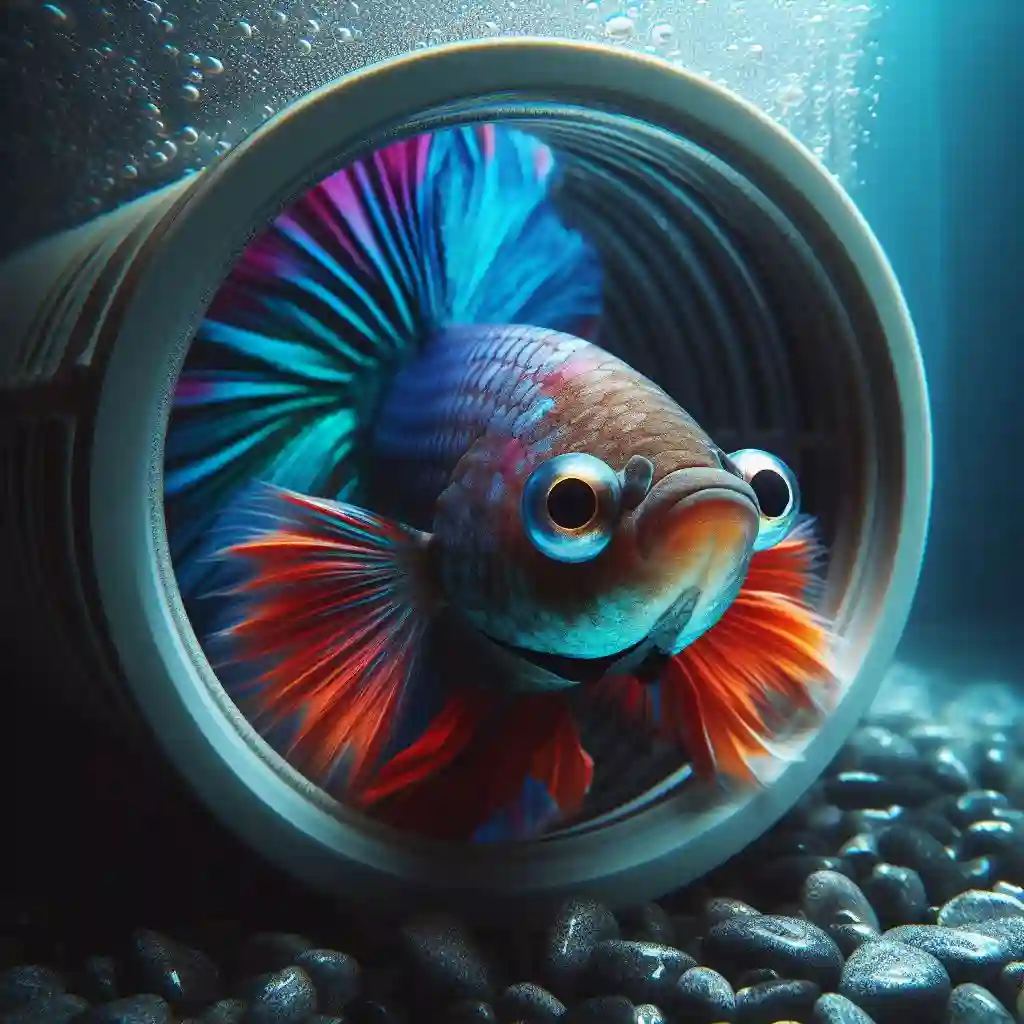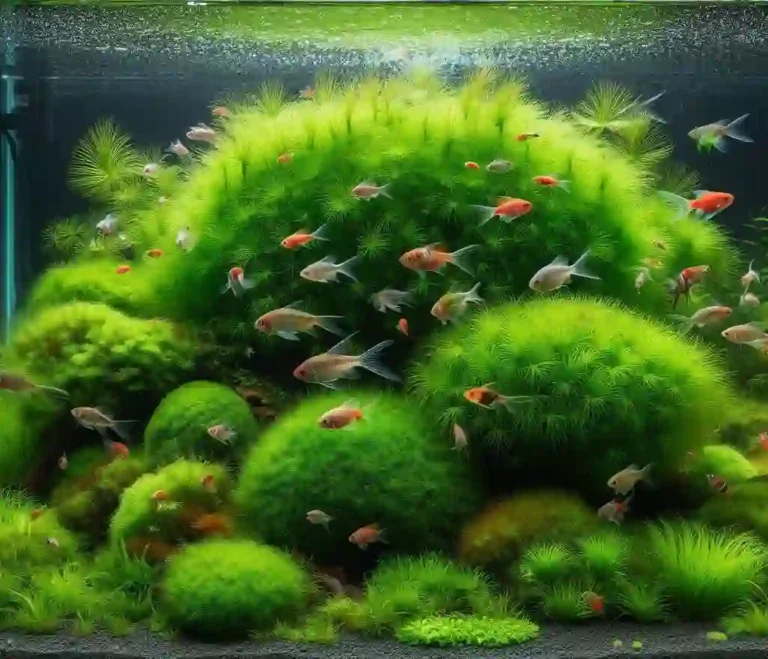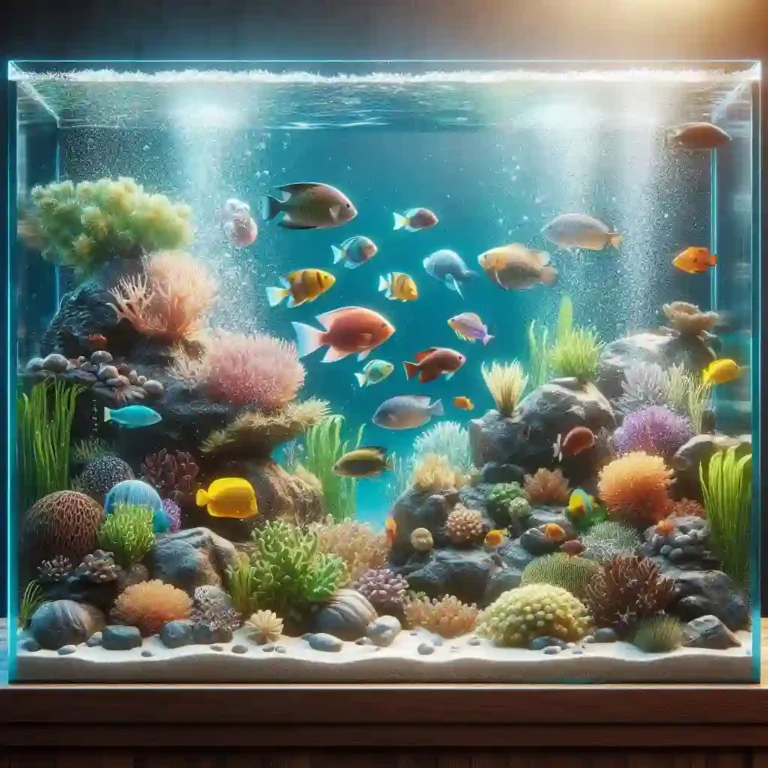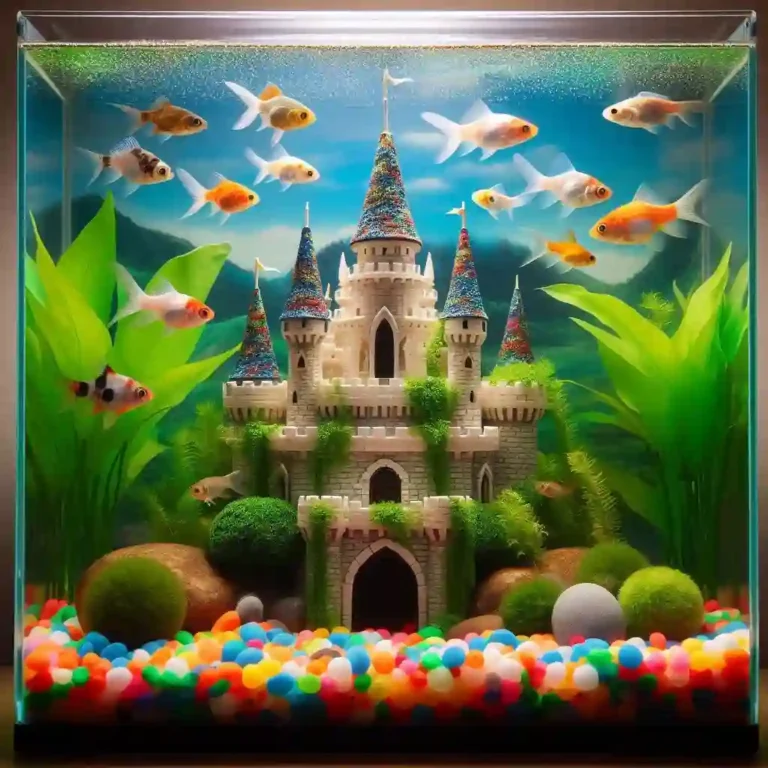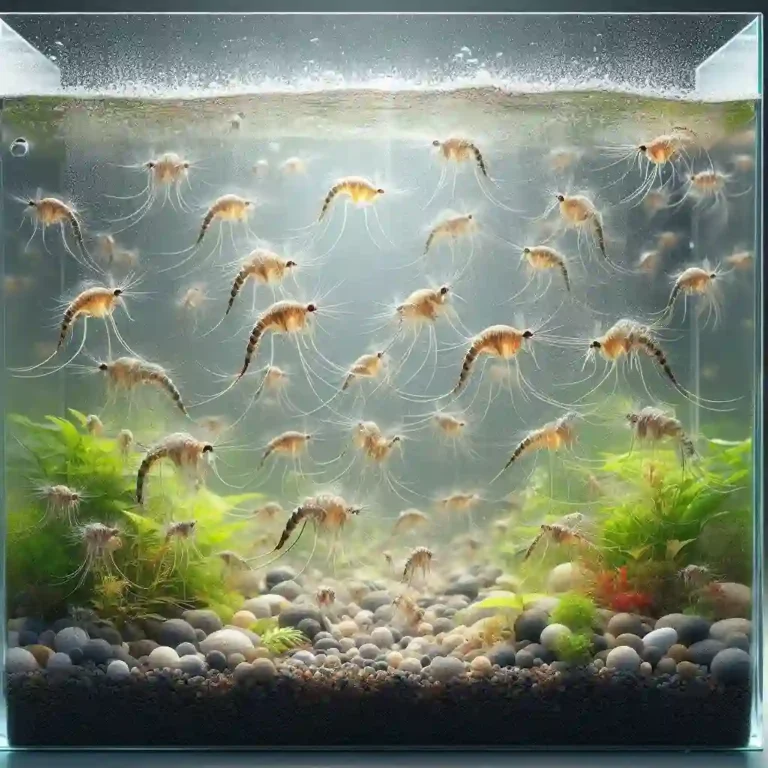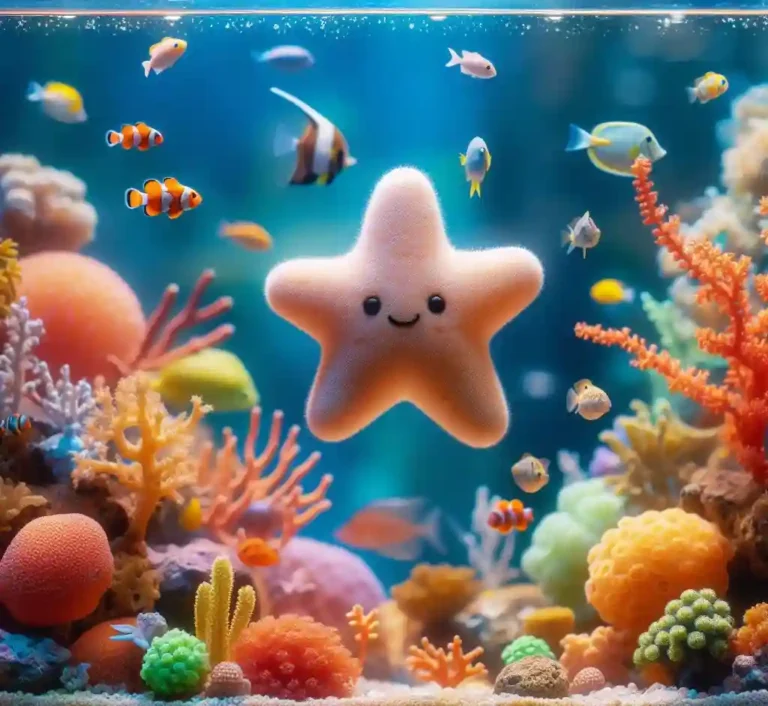Fish Stuck in Filter: How to Prevent and Handle the Situation
Fish Stuck in Filter: It’s every aquarium owner’s worst nightmare – finding a beloved fish stuck in the filter. Not only is it distressing for the fish, but it can also be a challenging situation to handle.
In this blog post, we will discuss effective prevention and rescue techniques for dealing with a fish stuck in a filter.
Fish Stuck in Filter: A Quick Guide
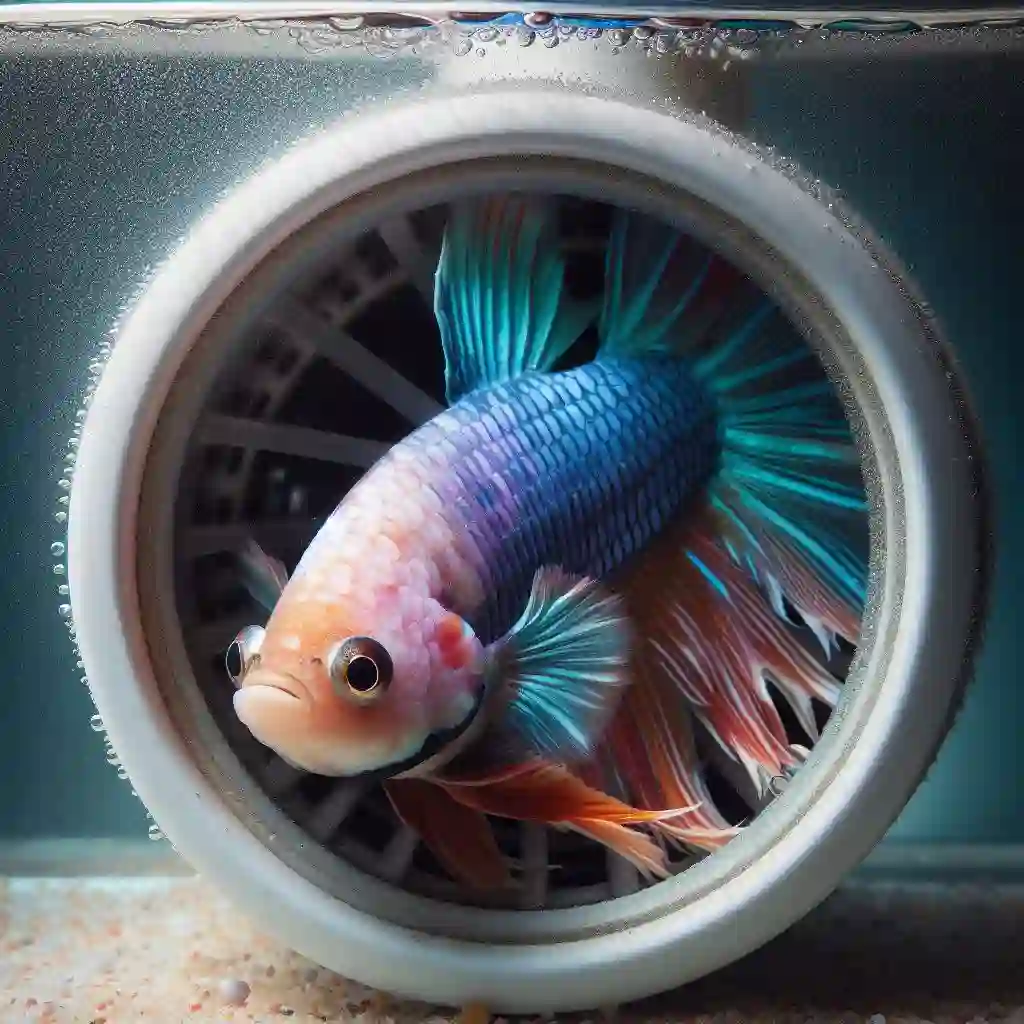
Here’s a concise guide to help you prevent and rescue your finned friends:
Prevention:
- Regular filter cleaning: Clean your filter regularly to prevent debris buildup.
- Use a filter with a large intake: Choose a filter with a larger intake to reduce the likelihood of fish getting stuck.
- Monitor water flow: Ensure the water flow is not too strong, which can push fish towards the filter.
Rescue:
- Turn off the filter: Immediately turn off the filter to prevent further stress on the fish.
- Use a net: Gently scoop up the fish with a soft-mesh net to avoid causing further stress.
- Release carefully: Release the fish back into the tank, taking care not to cause further stress or injury.
Additional Tips:
- Monitor your fish: Keep an eye on your fish and intervene quickly if you notice any signs of stress or distress.
- Provide hiding places: Add plants, rocks, or other decorations to provide hiding places for your fish, reducing stress and anxiety.
- Maintain good water quality: Regularly test and maintain good water quality to reduce stress on your fish.
Understanding How and Why Fish Get Stuck in Filters
The phenomenon of fish getting trapped in aquarium filters often boils down to a few common scenarios. Curiosity and the hunt for food can lead smaller or more adventurous fish too close to the filter’s intake, where the suction force can be overpowering.
Additionally, the natural swimming behavior of some fish, especially the faster species, might inadvertently bring them into the path of a strong intake flow, resulting in entrapment.
Recognizing these potential hazards is crucial for aquarium enthusiasts aiming to create a safe habitat for their aquatic friends. It’s the blend of behavioral traits and environmental setups that increases the risk for fish to end up in precarious situations with filters.
Choosing the Right Filter for Your Aquarium
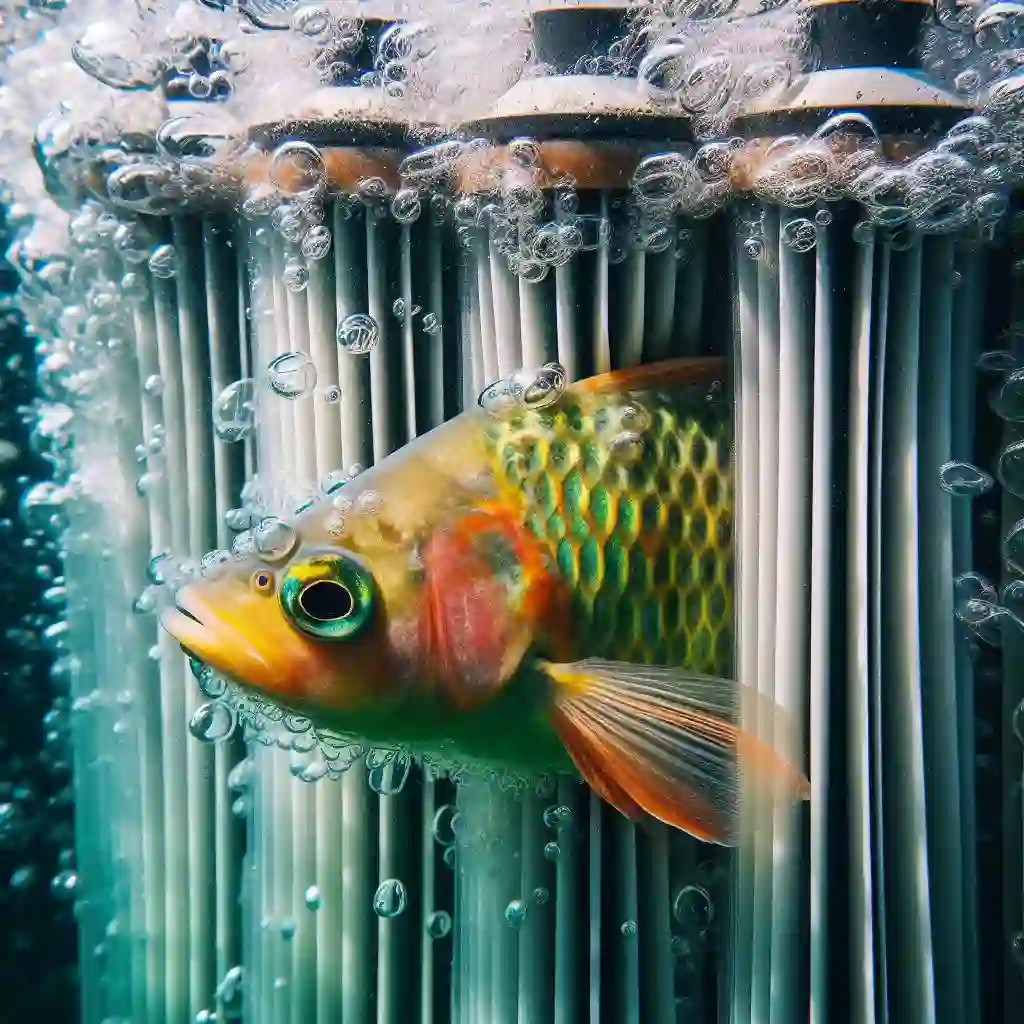
Selecting an appropriate filter is fundamental to preventing your fish from getting stuck. Assess the tank size, fish species, and specific filtration requirements before making a decision. Filters come in various types, including canister, sponge, and power filters, each offering different flow rates and cleaning mechanisms.
For smaller tanks or tanks with delicate fish, consider filters with adjustable flow settings to reduce the risk of suction-related accidents. Additionally, researching the natural habitats of your fish can provide insights into their needs, allowing you to mimic their environment more closely and choose a filter that aligns with their behavioral patterns.
This informed approach not only minimizes the chances of fish becoming trapped but also contributes to a healthier, more natural aquarium ecosystem.
Implementing Protective Measures to Guard Against Accidents
To safeguard your aquatic inhabitants, implementing effective protective measures is key. A simple yet highly effective method is outfitting the filter intake with a pre-filter sponge.
This addition significantly decreases the risk of smaller fish being sucked in by disrupting the direct flow into the filter. Another viable option is to employ a mesh guard or screen, which serves as a physical barrier between the fish and the filter intake. These guards are especially useful for larger filters where the suction force might be stronger.
By taking these steps, you not only protect your fish from potential harm but also maintain a healthier environment by preventing unnecessary stress and injury that could lead to more serious health issues.
Immediate Steps to Take if a Fish Gets Stuck in the Filter
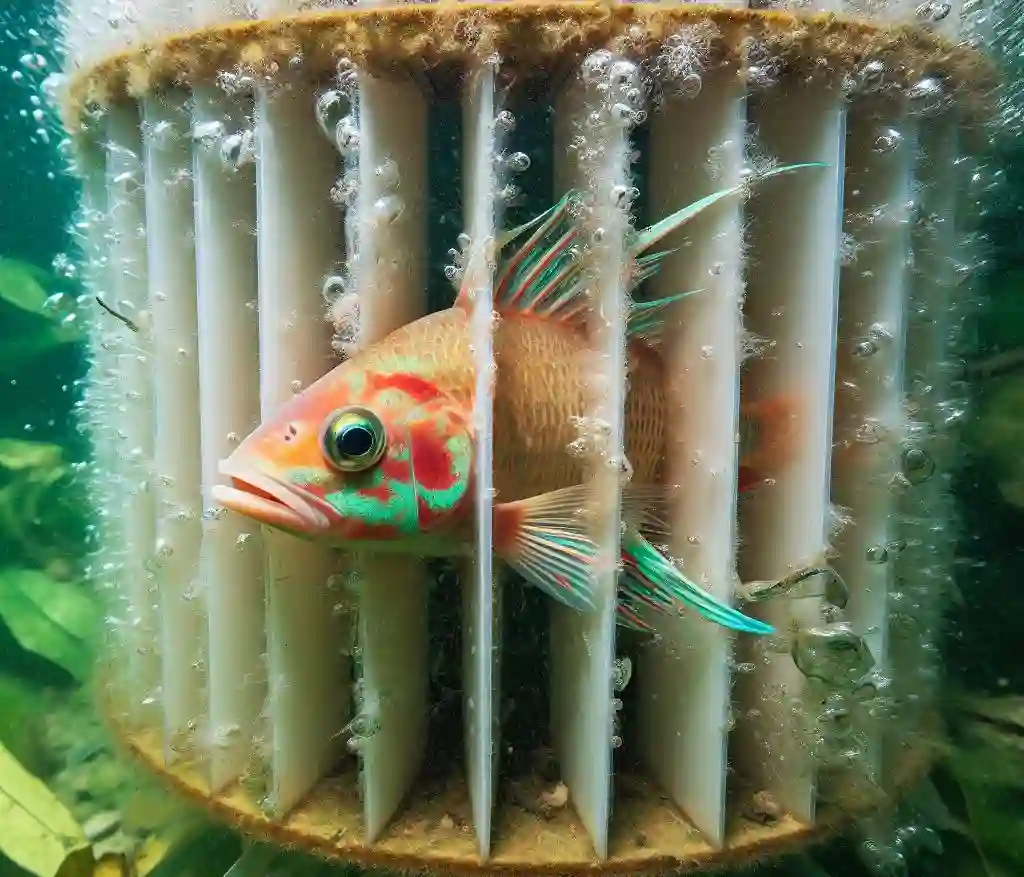
Upon noticing a fish trapped in the filter, immediate cessation of the filter’s operation is crucial to halt the suction force. Proceed to delicately extricate the fish from its predicament. Employing a calm and gentle approach is vital during the rescue to mitigate further stress or injury to the fish.
It’s important to use tools like tweezers or your fingers to aid in the careful removal of the fish, ensuring you’re not causing additional harm in the process.
After the fish has been successfully freed, assess it for any visible signs of distress or injury that may have resulted from the entrapment, taking care to handle it with the utmost care to prevent exacerbating any potential damage.
How to Safely Free a Fish Stuck in the Filter
Begin by turning off the power to the filter to immediately stop the suction and flow, reducing stress on the fish and preventing further injury. Carefully disassemble the filter parts to gain access to the area where the fish is trapped.
If the fish is visible and easily reachable, use a soft, wet cloth or your fingertips to gently guide it out of the filter, taking special care to support its body and avoid damaging its fins or scales. If the fish is entangled or lodged within the filter components, gently use tweezers or a small net to coax it free, ensuring that you do not pull or tug harshly, which could cause harm.
Once the fish is freed, place it back into the aquarium gently, observing its behavior and swimming patterns to ensure it hasn’t sustained significant stress or injury during the ordeal. This careful and measured approach will help minimize the risk of harm to the fish, allowing for a safer return to its home environment.
Avoiding Common Causes of Fish Filter Traps
To circumvent the common pitfalls that lead to fish filter traps, attention to detail in filter maintenance and installation is key. Ensuring that your filter is correctly set up according to the manufacturer’s instructions can greatly reduce the risk of accidents.
It’s also crucial to regularly inspect the filter to identify and rectify any issues such as clogs or mechanical failures that could increase the risk of entrapment.
Adopting a proactive approach to filter care, including the timely replacement of worn-out parts, can significantly diminish the chances of your fish finding themselves in hazardous situations.
By focusing on these preventative measures, you can create a safer environment for your aquatic inhabitants, keeping them free from the dangers associated with filter traps.
Preventing Common Causes of Fish Filter Entrapment
Effective prevention of fish filter entrapment requires a holistic approach to aquarium management. It’s essential to conduct thorough inspections of your filtration system on a routine basis. Look for any signs of wear or damage that might compromise the filter’s safety features.
Keeping the filter components clean is also crucial; follow the manufacturer’s guidelines for cleaning to ensure the filter operates efficiently without posing a risk to your fish.
Implementing protective accessories, like pre-filter sponges or mesh guards, can act as a first line of defense against entrapment by minimizing the risk of fish being drawn into the intake.
Additionally, be mindful of the placement of the aquarium’s decorations and substrates to prevent creating narrow spaces where fish might be trapped against the filter intake. Taking these steps will help create a safer environment for your fish, significantly reducing the likelihood of entrapment incidents.
Monitoring and Maintaining Your Filter’s Functionality
To ensure the continuous safety of your aquarium inhabitants, it’s vital to conduct routine checks on your filter’s intake and overall performance. An essential aspect of this process includes looking for any blockages or accumulation of debris that might pose a risk for smaller fish or lead to reduced efficiency of the filter.
Regular cleaning according to the manufacturer’s guidelines is necessary to keep the filter running smoothly and safely. Observing the flow rate and listening for any unusual noises can help identify potential issues before they escalate into problems that could endanger your fish.
Additionally, replacing any parts that show signs of wear or damage is crucial in maintaining the optimal functionality of the filter. Keeping a vigilant eye on these aspects will support a healthy aquarium ecosystem and prevent the likelihood of fish becoming trapped.
Post-Rescue Care for the Affected Fish
After a fish has been liberated from the filter, it’s crucial to provide it with supportive post-rescue care to facilitate its recovery. Initially, place the fish in a quiet, stress-free section of the aquarium if possible, or in a separate quarantine tank to closely observe its behavior and health.
Monitoring for any abnormal behavior or signs of stress is essential during this recovery period. To support healing, ensure the water is clean and at the appropriate temperature and pH levels suited to the species’ specific needs.
Adding a mild aquarium salt solution can help some species recover from physical stress or minor injuries, but always research your fish’s specific needs before doing so. Additionally, offering high-quality, easily digestible food can help restore energy and health without exerting the fish too much during its vulnerable state.
Keep a close eye on the fish for several days, watching for improvement in swimming behavior or any worsening of condition, which may require veterinary consultation. By providing attentive care and a conducive environment for recovery, you help increase the fish’s chances of a full recovery after its stressful experience.
Preventing Future Incidents: Long-Term Strategies
To mitigate the risk of fish getting stuck in the filter, it’s crucial to adopt long-term strategies focused on aquarium safety and fish health. Regular evaluations of your aquarium setup, including filter function and tank environment, are essential.
Adapt your filtration system to meet the evolving needs of your aquarium as it grows and changes. Stay informed about the latest in aquarium technology and safety features that can enhance the well-being of your fish. Engage in ongoing education about fish behavior and habitat requirements to anticipate and prevent potential issues.
Additionally, encourage a community approach by sharing insights and preventive tactics with fellow aquarium enthusiasts. Through these dedicated efforts, you can create a consistently safe habitat, significantly reducing the likelihood of future entrapment incidents and ensuring a vibrant, healthy aquatic ecosystem for your fish to thrive in.
FAQs
Q: Why do fish get stuck in filters?
A: Fish can get stuck in filters due to poor water flow, debris buildup, or strong currents, which can push them towards the filter intake.
Q: What are the common signs of a fish stuck in a filter?
A: Look for signs of stress, such as rapid breathing, erratic swimming, or hiding behavior. If you notice any of these signs, turn off the filter and intervene quickly.
Q: How can I prevent fish from getting stuck in the filter?
A: Regularly clean the filter, monitor water flow, and choose a filter with a large intake. You can also add plants or decorations to provide hiding places and reduce stress.
Q: What should I do if I find a fish stuck in the filter?
A: Turn off the filter, use a soft-mesh net to gently scoop up the fish, and release it back into the tank carefully.
Q: Can I use a filter with a small intake?
A: No, it’s not recommended. Small intakes can increase the likelihood of fish getting stuck. Choose a filter with a larger intake to reduce the risk.
Q: Can I use a filter with a built-in fish guard?
A: Yes, some filters come with built-in fish guards or screens that can help prevent fish from getting stuck. Research and choose a filter with this feature if you’re concerned about fish safety.
Q: How often should I clean my filter?
A: Clean your filter regularly, ideally every 1-2 weeks, depending on the type and usage. This will help prevent debris buildup and reduce the risk of fish getting stuck.
Q: What are some general tips for maintaining good water quality?
A: Regularly test and maintain good water quality by monitoring pH, ammonia, and nitrite levels. Perform partial water changes, and ensure proper biological filtration.

Hello, I’m Aria Cooper, the heart and soul behind Swimmy Buddies. As a devoted fish aficionado, I share my aquatic adventures and expertise to inspire your own underwater explorations. 🐠🌊

